–-
We are human: we all feel, we all have real beating hearts, we all need nourishment, we all need care, we all matter. On what grounds do any of us dare to presume who is “worthy” and who is not? And once we've recognized each others' intrinsic value, how can we continue to support an economic system that thrives on exploitation and inequality? And how can we not question a political system that calls itself 'democracy' and yet is so entwined with such inhumane economics?
We know our lives are fundamentally interconnected with other humans and with the natural world that generously serves as our life support system. How can we not see the insanity in continuing to harm each other and our planet?
The few have constructed many systems, structures & institutions, and now we, the many, are awakening to collectively reclaim them and re-imagine them in the spirit of basic human decency.
We are a beautiful multitude, with wide-ranging concerns, united in our compassion, our creativity, our commitment, and our spirit of cooperation.
This movement, this moment, is a call to conscience. WE KNOW BETTER, so how can we not DO better? With what excuses can we continue with such unfairness?
We speak from the heart and we celebrate our collective courage, imagination, and power! We are truly all in this together.
In that spirit, all are invited to participate this weekend:
EVENT DETAILS
Peace, Consciousness, Community Weekend in St. John's
Using our personal & collective wisdom (empathy + reason ;) to explore & enact truly new possibilities for 'Life on Earth' ~ from local to global levels!
Saturday Sept 28 & Sunday Sept 29,
10am-ish to 8pm-ish each day
War Memorial / Harbourside Park green spaces
A relaxed space for human-to-human conversations about things that matter.
A place for citizens to engage ideas, to use our IMAGINATIONS, to meet others who care, to get meaningful actions on-the-go, & so much more....
Kids & youth very, very welcome!
(If you want, bring along: blankets to sit on, paper or white boards to write on, sidewalk chalk, musical instruments... you get the idea ;)
The time is NOW! Everything is a-changing... Look forward to seeing you there. Please spread the word far & wide!
- 30 -
Contact: Krista Koch, (look for me at the event ~tall, blonde, smiling! ;)

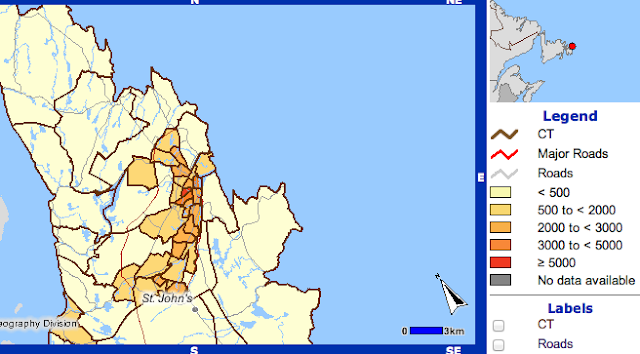

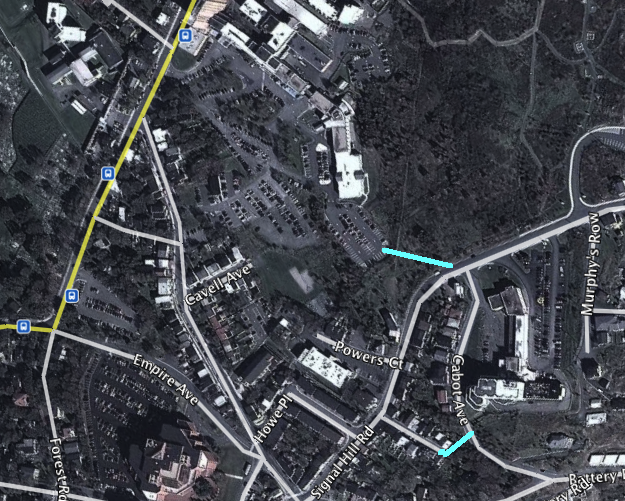
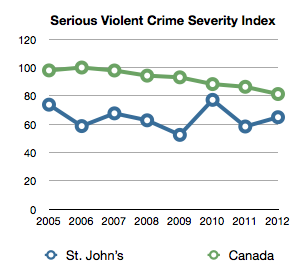
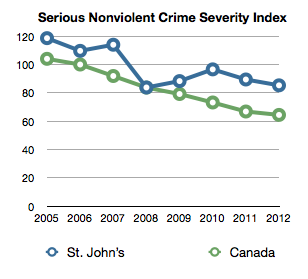
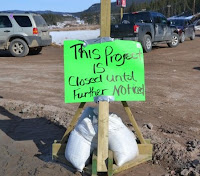 You may be sick of hearing about the Muskrat by now. For the last year it has dominated the political discourse and is likely to continue to cast a shadow for some time (may as well resign yourself to that).
You may be sick of hearing about the Muskrat by now. For the last year it has dominated the political discourse and is likely to continue to cast a shadow for some time (may as well resign yourself to that).

